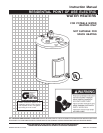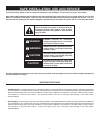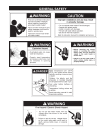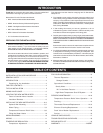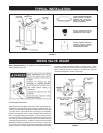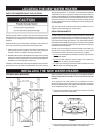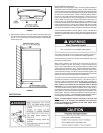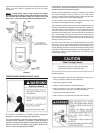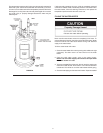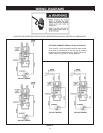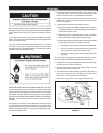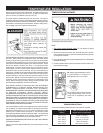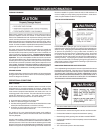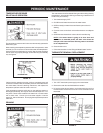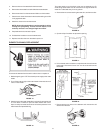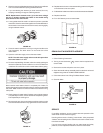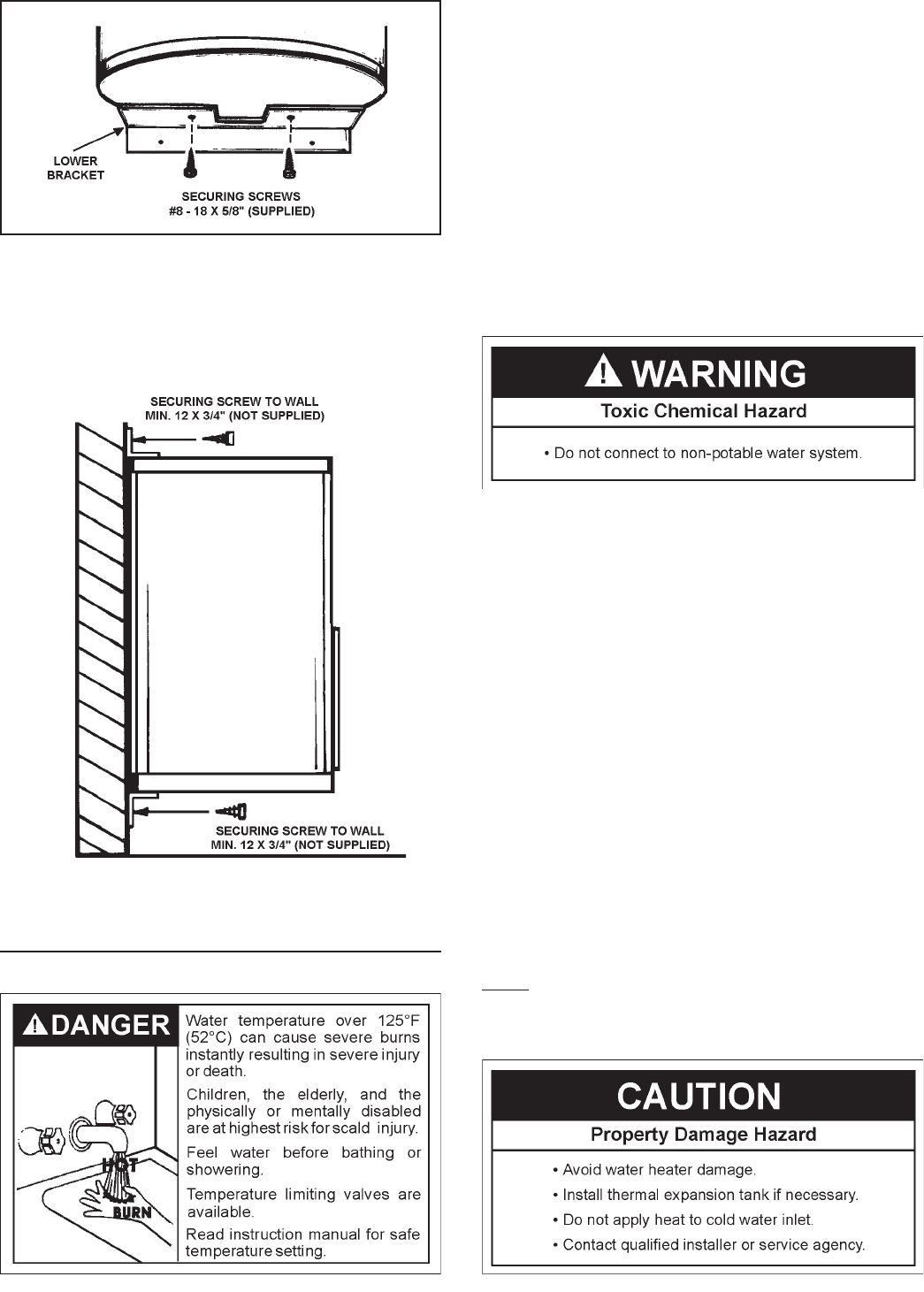
7
FIGURE 5.
3. Determine the location on the wall, and then the height above the
floor which the wall securing bracket will be placed. Using adequate
screws, or nuts, and bolts (not supplied) fasten the wall securing
bracket to the wall.
FIGURE 6.
WATER PIPING
HOTTER WATER CAN SCALD:
Water heaters are intended to produce hot water. Water heated to a
temperature which will satisfy space heating, clothes washing, dish
washing, cleaning and other sanitizing needs can scald and permanently
injure you upon contact. Some people are more likely to be permanently
injured by hot water than others. These include the elderly, children,
the infirm, or physically/mentally handicapped. If anyone using hot
water in your home fits into one of these groups or if there is a local
code or state law requiring a certain temperature water at the hot
water tap, then you must take special precautions. In addition to using
the lowest possible temperature setting that satisfies your hot water
needs, a means such as a *mixing valve, shall be used at the hot water
taps used by these people or at the water heater. Valves for reducing
point of use temperature by mixing cold and hot water are also available.
Consult a Qualified Installer or Service Agency. Follow manufacturer’s
instructions for installation of the valves. Before changing the factory
setting on the thermostat, read the “Temperature Regulation” section in
this manual.
This water heater shall not be connected to any heating systems or
component(s) used with a non-potable water heating appliance.
Toxic chemicals, such as those used for boiler treatment shall not be
introduced into this system.
Water supply systems may, because of such events as high line
pressure, frequent cut-offs, the effects of water hammer among
others, have installed devices such as pressure reducing valves, check
valves, back flow preventers, etc. to control these types of problems.
When these devices are not equipped with an internal by-pass, and no
other measures are taken, the devices cause the water system to be
closed. As water is heated, it expands (thermal expansion) and closed
systems do not allow for the expansion of heated water.
The water within the water heater tank expands as it is heated and
increases the pressure of the water system. If the relieving point of
the water heater’s temperature-pressure relief valve is reached, the
valve will relieve the excess pressure. The temperature-pressure
relief valve is not intended for the constant relief of thermal
expansion. This is an unacceptable condition and must be corrected.
It is recommended that any devices installed which could create a
closed system have a by-pass and/or the system have an expansion
tank or device to relieve the pressure built by thermal expansion in the
water system. Expansion tanks are available for ordering through a
local plumbing contractor. Contact the local water supplier and/or a
service agency for assistance in controlling these situations.
NOTE: To protect against untimely corrosion of hot and cold
water fittings, it is strongly recommended that di-electric
unions or couplings be installed on this water heater when
connected to copper pipe.



